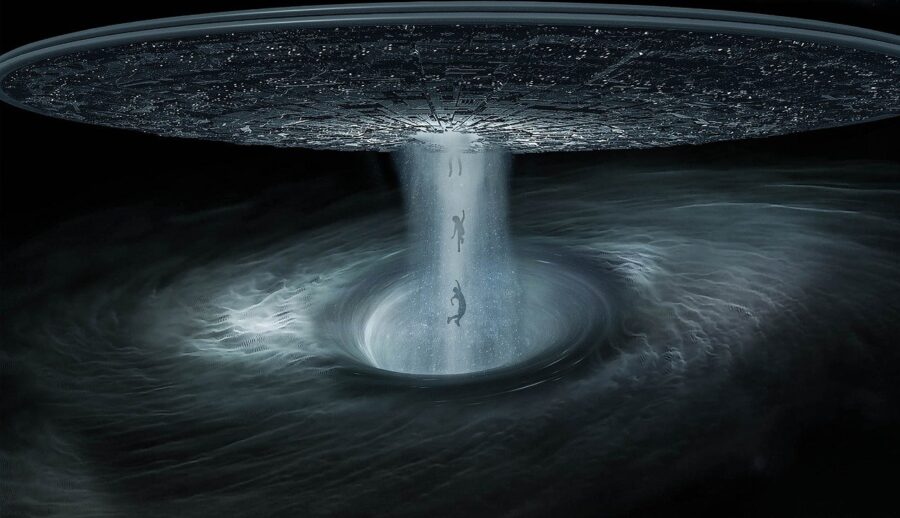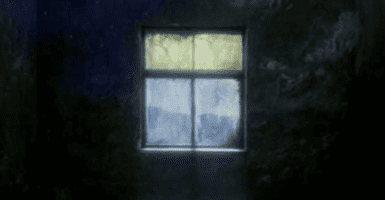Scientists Think Alien Technology Crashed Into The Pacific Ocean
Scientists at Harvard want to look at the bottom of the Pacific Ocean to see if alien technology might have crashed there years ago

The search for alien and extraterrestrial life could really start ramping up in coming years with advanced technology able to look deeper into space than we’ve ever been able to before. We are discussing ways to send signals out into the reaches hoping to get pinged back and are now seeing things well beyond what’s ever been possible. But maybe the hunt for alien life could also be happening closer to home. What if these folks have already been here, or had their tech accidentally crash-land into Earth?. At least one scientist thinks that could be the case. And he wants to head up the mission to discover whether an unexplained interstellar object that fell into the Pacific Ocean was actually made by an alien species. It’s a fascinating question that could soon get an answer.
Harvard professor of science Avi Loeb, a member of the university’s Center for Astrophysics, has some ideas along these lines and wants to go to the Pacific Ocean to see if there could be alien technology laying at the bottom of the sea. In an article written for The Debrief (via Futurism), Loeb outlines the high-level reasoning behind looking closer to home when it comes to possible alien technology or interstellar debris that has crashed to Earth. In the paper, Loeb describes the object CNEOS-2014-01-08 which landed in the ocean near Papua New Guinea as having been confirmed by the United States government as coming from off-world.
Avi Loeb wants to use a magnet in the Pacific Ocean to try and retrieve as much as possible from whatever remains of this possible alien object that landed almost a decade ago. He and his team had already identified the object as an interstellar meteor, contending that it was the first one ever discovered as having come to Earth. But that contention took years to iron out until in early April of this year when the United States Space Command actually tweeted out confirmation that it was, in fact, interstellar (or maybe alien). Check it out:
You can see that in that announcement, the Space Command references Loeb and his colleague Dr. Amir Siraj specifically as well as their paper Discovery of a Meteor of Interstellar Origin. The latter contended this discovery predated Oumuamua which was previously thought to have been the first interstellar object detected in our solar system. Now, Loeb is taking things one step further saying that there is a non-zero chance that CNEOS-2014-01-08 might be even more than just a hunk of rock that happened to make its way through our atmosphere. It could have been sent by an alien race and there needs to be a recovery to find out. His contention, and it’s probably correct, is that rather than trying to study Oumuamua at an exorbitant cost, instead finding something closer to home could be done for a fraction of the price and yield even better results.
Without looking we’ll never know I suppose, but it stands to reason that if aliens exist, there’s at least some chance Earth has acted, as Loeb describes in his paper, like a fishing net for interstellar and extraterrestrial objects. Now we need to head to the bottom of the ocean to find it.












